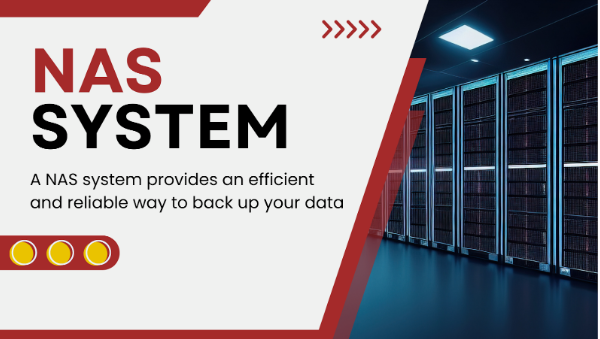Protecting Your Data with NAS Systems: A Guide to Best Practices
- Scale out nas
- Jun 30, 2023
- 2 min read

In today's digital age, data is an invaluable asset for any business or individual. As such, it's crucial to have a reliable and efficient system in place to protect your data from loss or damage. Network Attached Storage (NAS) systems are becoming an increasingly popular choice for storing and managing data, thanks to their flexibility, affordability, and ease of use. In this guide, we'll discuss some of the best practices for protecting your data with NAS systems.
Choose the Right NAS System
Choosing the right NAS system is crucial to ensuring the security and protection of your data. Look for systems that offer features such as RAID protection, automatic backup, and encryption. Additionally, consider the storage capacity, speed, and scalability options of the system.
Use Multiple Backups
Having multiple backups of your data is a critical practice in protecting your data. Utilize the NAS system's automatic backup features and make additional copies of your data on external hard drives or cloud storage. This way, even in the event of a catastrophic system failure, you'll still have access to your critical data.
Secure Your NAS System
Protect your NAS system and data from unauthorized access by setting up secure passwords, two-factor authentication, and firewalls. Regularly update your system's security software to ensure that you're always protected from the latest threats.
Monitor Your System
Keep an eye on your NAS solutions system's performance and utilization to ensure that it's running smoothly. Implement alerts that will notify you of any issues or abnormal activity so that you can take immediate action. Regularly check for software updates, patches, and firmware upgrades to keep your NAS system up to date.
Have a Disaster Recovery Plan
Despite all your best efforts, accidents can happen, and disasters can strike. Having a comprehensive disaster recovery plan in place will ensure that you're prepared for any eventuality. Test your plan periodically to ensure that it's up to date and effective.
Conclusion
In conclusion, NAS systems are an excellent choice for managing and protecting your data. By following the best practices outlined in this guide, you can ensure that your data is secure and available when you need it. Take the time to carefully research and choose the right NAS system for your needs, and don't forget to implement multiple backups, secure your system, monitor its performance, and have a disaster recovery plan in place. With these practices in place, you can have peace of mind knowing that your data is protected against loss or damage.



Comments